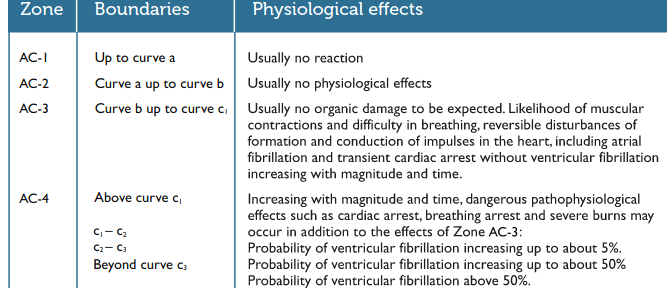Hi, always follow this forum as such a great source, so my first time with a question, hoping someone can advise.
Why `voltage between the cpc and earth exceeding 70V rms` for Reg. 722411.4.1 (iii) and not 50V as in Reg. 411 touch voltage threshold. Is 70V deemed acceptable ?

